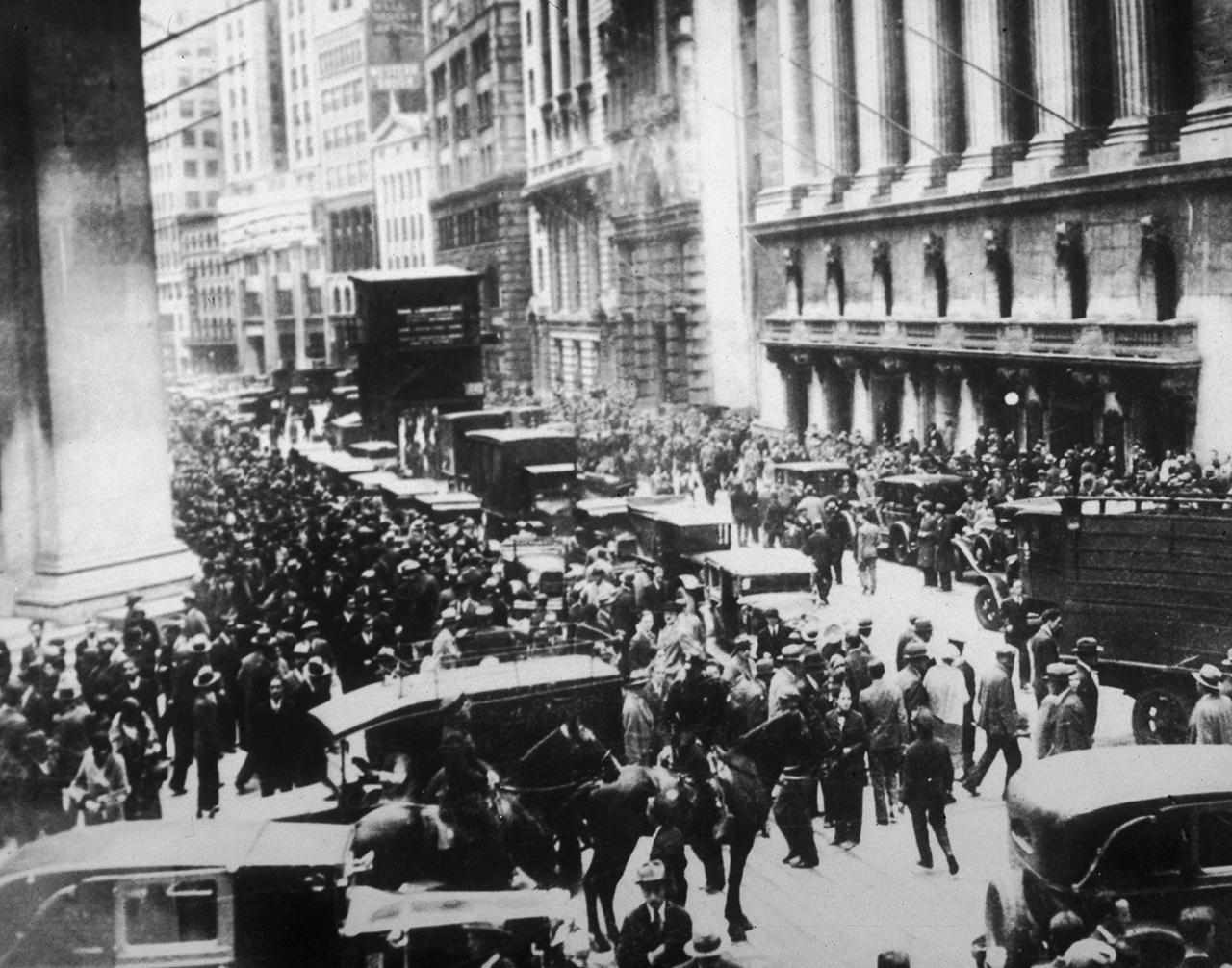
The World's Largest Stock Exchange
The New York Stock Exchange (NYSE) is not just any stock exchange - it's the world's largest. Every day, it serves as a bustling marketplace where millions of corporate stocks and securities are bought and sold. Some of the biggest names in finance are listed on the NYSE, including many of the S&P 500 companies, the Dow Jones Industrial Average, and the largest corporations globally.
Not only is the NYSE a hub of financial activity, but it's also a publicly-traded company itself, boasting a workforce of over 2,000 employees. Its ticker symbol, NYSE: ICE, is well-known in the world of trading. And in a significant move, the Intercontinental Exchange acquired the NYSE in June 2013.
How Trading Works at the NYSE
The NYSE employs two main trading methods: brokers and all-electronic systems. Regardless of the method used, all stock transactions take the form of an auction. Brokers play a crucial role in this process, actively trading stocks on the NYSE floor. Acting on behalf of buyers, brokers participate in auctions to secure the best prices for securities.
Each stock transaction starts with brokers setting a "bid" price, representing the buyer's offer. On the other side, stock sellers submit an "ask" price, usually higher than the bid. The traditional open outcry system of floor trading helps match these bids and offers, with dealers facilitating the transactions.
While much of the trading now takes place electronically, the essence of auction-based stock trading remains at the core of the NYSE's operations. Computer systems match buyers and sellers efficiently, while brokers and dealers access market information electronically to facilitate trades.
Operating Hours and Traditions
The NYSE opens its trading day with the ringing of the opening bell at 9:30 a.m. Eastern time, and it closes with the ringing of the closing bell at 4 p.m. Eastern time. This tradition dates back to 1870 when a Chinese gong marked the market's opening.
Today, the brass bells that signal the NYSE's opening and closing have become symbols of financial activity and milestones in New York City's business community. It's considered a prestigious honor to be invited to ring the bell at the NYSE, often done to commemorate significant events like initial public offerings.
A Brief History of the NYSE
The NYSE's roots trace back to a historic moment on May 17, 1792, under a buttonwood tree on 68 Wall Street. From that humble beginning, the NYSE has evolved into a leading stock exchange, with a rich history of mergers, transformations, and innovations.
Originally known as the New York Stock & Exchange Board, the NYSE saw its early traders sign the Buttonwood Agreement to formalize trading rules. Over the years, the exchange grew in size and influence, marking milestones like its transition to a not-for-profit entity in 1971 and its transformation into a publicly-traded company in 2006.
Today, the NYSE continues to make history, staying at the forefront of global financial markets with its mergers, acquisitions, and expansions.




















